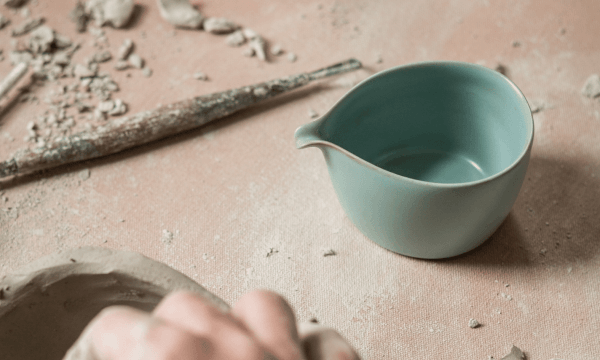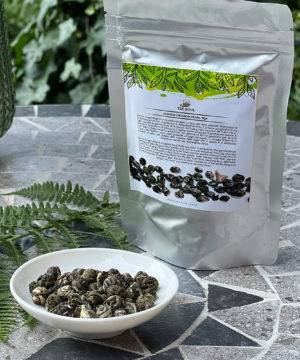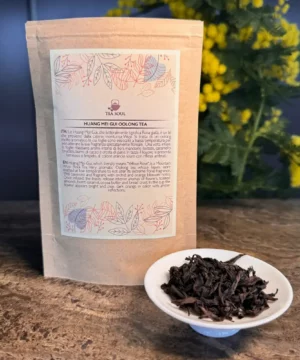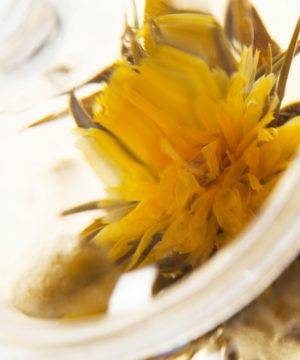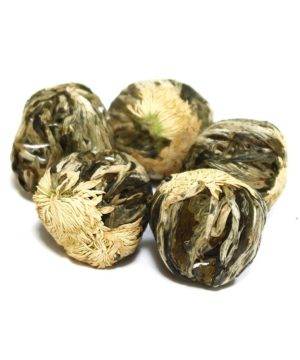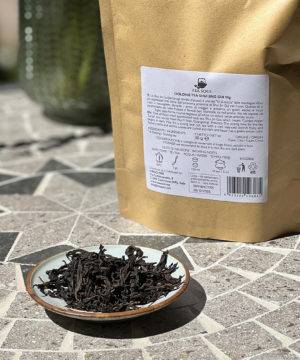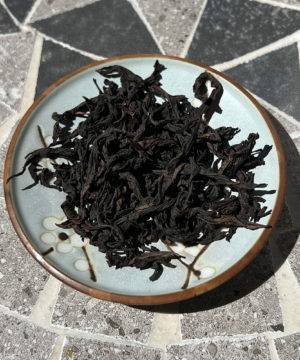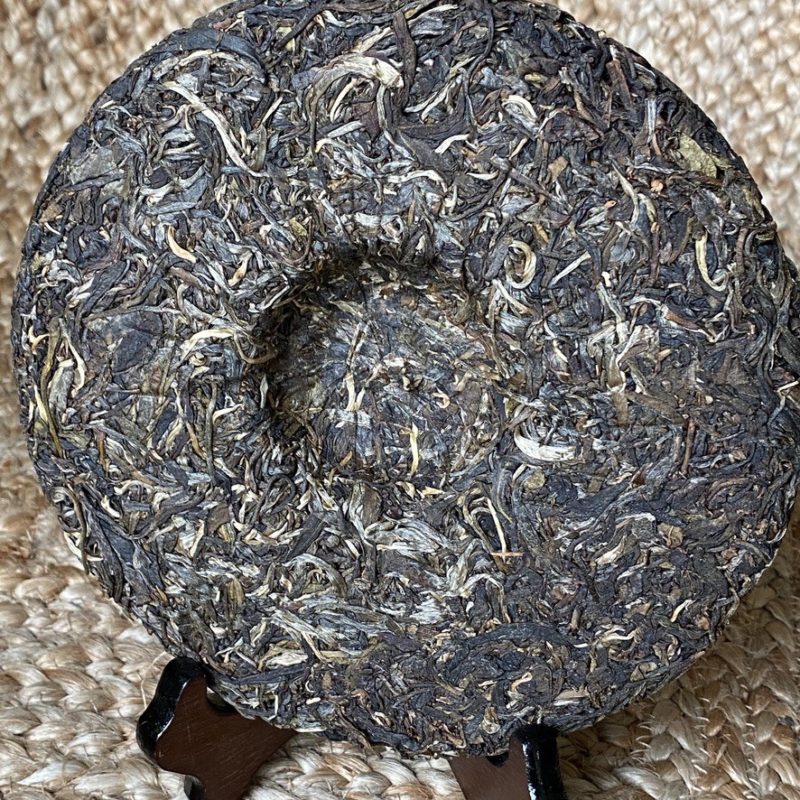

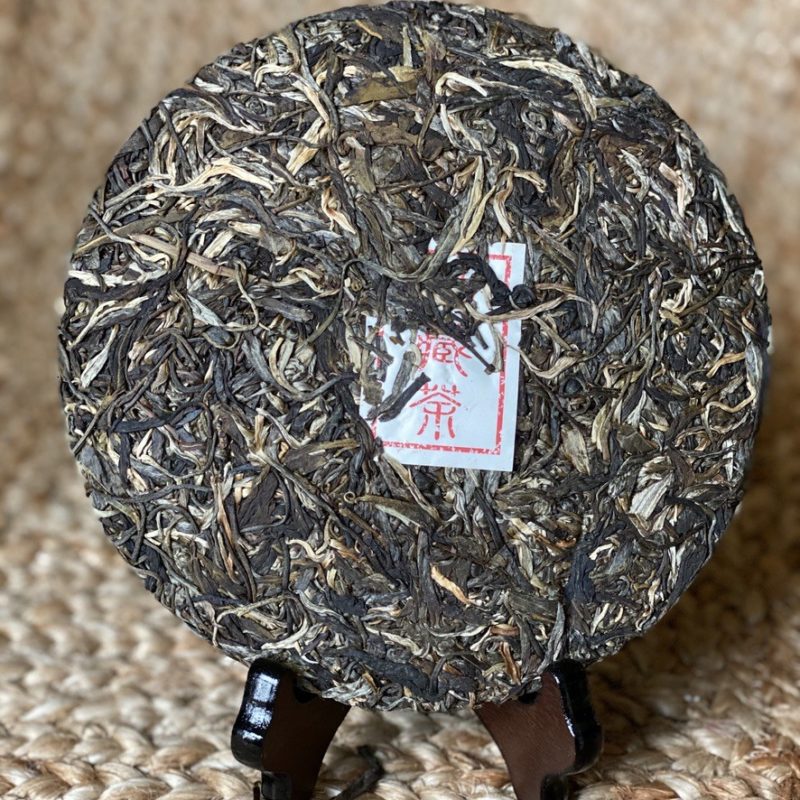

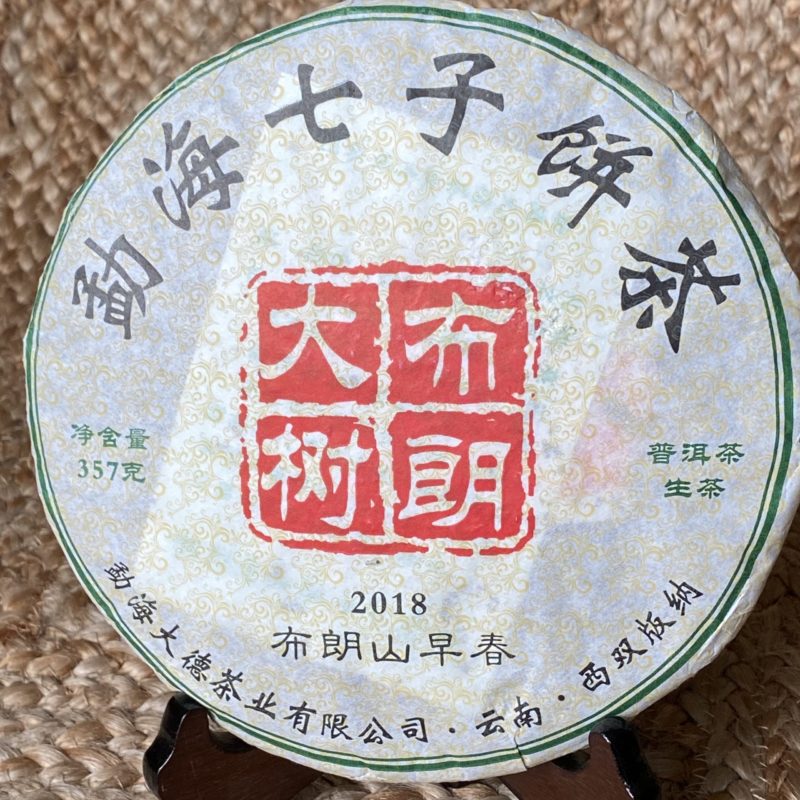

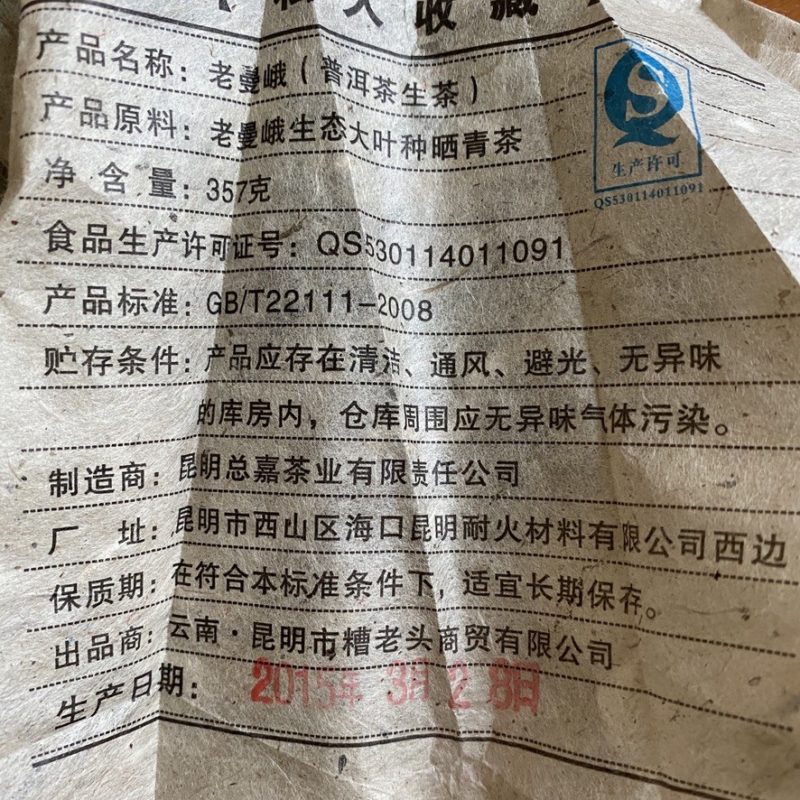

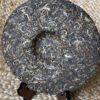



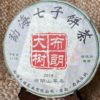

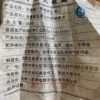

Puer Sheng (raw) tea Bu Lang Yin Hao 2012 357g
63.80€ Original price was: 63.80€.25.52€Current price is: 25.52€. Taxes included
The 2012 Puer Sheng (raw) Bu Lang Yin Hao Tea is a tea that, with its years, does well to show a stage in the ageing process when the leaves tend to express a bitter taste in the infusion, with a touch of honey and a little astringency.
In stock
Purchase & earn 23 points!
SKU: B1020632
Categories: Offers, Tea puer sheng, COLLECTIONS, Puer Sheng Crudo, Tea, Puer tea, TrovaPrezzi
DON'T MISS DISCOUNTS AND NEWS!
Subscribe to our WhatsApp channel and receive all updates quickly and conveniently!
Subscribe to our WhatsApp channel and receive all updates quickly and conveniently!
The leaves of this puer come from the Bulang area in the south of China. In order to categorise puer teas, we need to explain more about the area where these teas grow because in most cases it is the area itself that gives each tea its distinctive name. In our case, we are in the central part of the Yunnan region (famous for puer production). This cake was produced here in spring 2012.
Puer Sheng (raw) Bu Lang Yin Hao tea is made from Silver Needle tea leaves harvested from tea trees over 300 years old in the Bulang Mountains at an average altitude of about 1220 metres. This tea is stone-pressed using the traditional method. It has the typical characteristics of Bulang tea: bitter, with a touch of honey and some astringency.
Place of origin
Bulang Mountains, China
Production
After the harvest the leaves whither under the sunlight for a certain period of time depending on the tea masters evaluations before going into the “killing of the green” phase which is similar to the practice adopted for green teas. The particularity in this case is not to heat the leaves as much as it is done for a green tea in order to preserve some enzymes that can change the flavors over time. Once the leaves are cooked, they are left to rest for one night before finishing the drying process in the sun. Once here, maocha is obtained which will then be pressed in order to promote better transport and aging conditions. To press the leaves they are invested by a strong jet of steam which is able to soften them externally without changing their internal humidity and, once this state is reached, it will be enough to put them in a bag and close it very tightly around them to give them the desired shape. To ensure that this structure remains fixed over time, the sack is left for hours under a stone while the leaves lose the steam with which they had been in contact in the previous phase.
How to prepare
We highly recommend infusing this tea in the traditional Chinese method (gong fu cha) to best enjoy these leaves. Following this preparation you can use 7 grams of leaves (about 4 teaspoons) in a gaiwan of about 100 ml to obtain several infusions with different tastes. After a quick rinse of the leaves in water at 95°C, a first infusion of 10 seconds can be made, after which, keeping the water at the same temperature, the time can be increased each time by 5 seconds compared to the previous infusion (10 – 15 – 20 …).
This tea has a longevity of about 8 infusions.
For a classic preparation according to the Western style, we recommend 3 grams of leaves (approx. 2 teaspoons) in a 150 ml cup with water at 95°C for an infusion time of one and a half minutes.
The tea can be filtered for greater ease at the moment of tasting, and also the infusion times indicated above are intended to be purely indicative, so you can also adjust according to your personal taste.
Store in a cool, dry place away from direct sunlight.
| Weight | 0.45 g |
|---|---|
| Dimensions | 0.000000 × 0.000000 × 0.000000 cm |
| Detail - Temperature | 95°C |
| Detail - Brewing | full-bodied |
| Feature - Caffeine | Medium caffeine |
| Preparation - Gaiwan | 6g-100ml / 10-15-20… sec / 8 brewings |
| Preparation - Mug | 3g-250ml / 90… sec / 2 brewings |
| Feature - Oxidation | Partial oxidation |
| Other - Origin | China |
| Other - Taste | Sweet/Vegetable/Honey |
| Other - Instants | Drink |
| Season |
Still no Reviews for this Product
Related products
9.20€ Taxes included
Earn up to 34 points.
This product has multiple variants. The options may be chosen on the product page
7.00€ Taxes included
Earn up to 21 points.
This product has multiple variants. The options may be chosen on the product page
8.00€ Taxes included
Earn up to 30 points.
This product has multiple variants. The options may be chosen on the product page
TrovaPrezzi
9.20€ Taxes included
Earn up to 81 points.
This product has multiple variants. The options may be chosen on the product page
TrovaPrezzi
10.40€ Taxes included
Earn up to 38 points.
This product has multiple variants. The options may be chosen on the product page
Sale!
8.00€ Taxes included
Earn up to 30 points.
This product has multiple variants. The options may be chosen on the product page
REGIONS
13.90€ Taxes included
Earn up to 28 points.
This product has multiple variants. The options may be chosen on the product page





